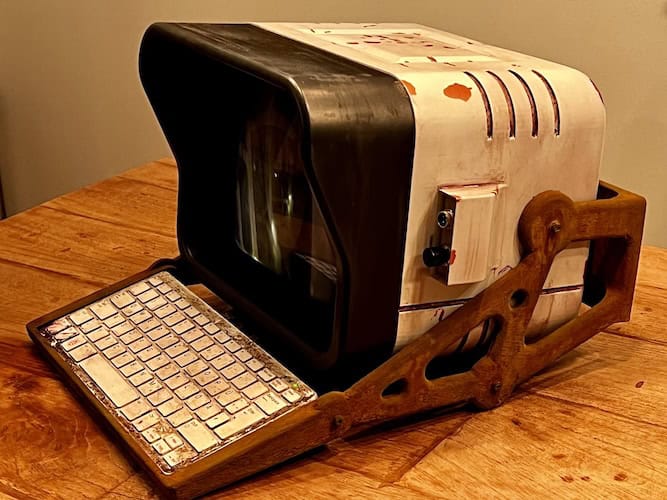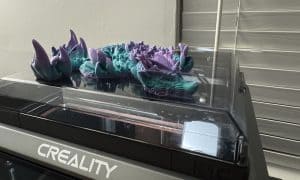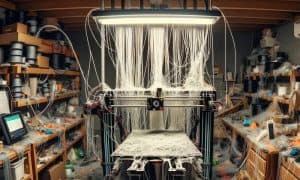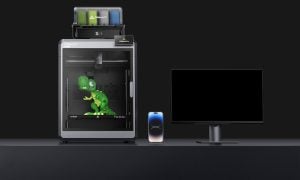The Home Automation Terminal That Could Be Straight Out of a Fallout Vault-Tec Vault
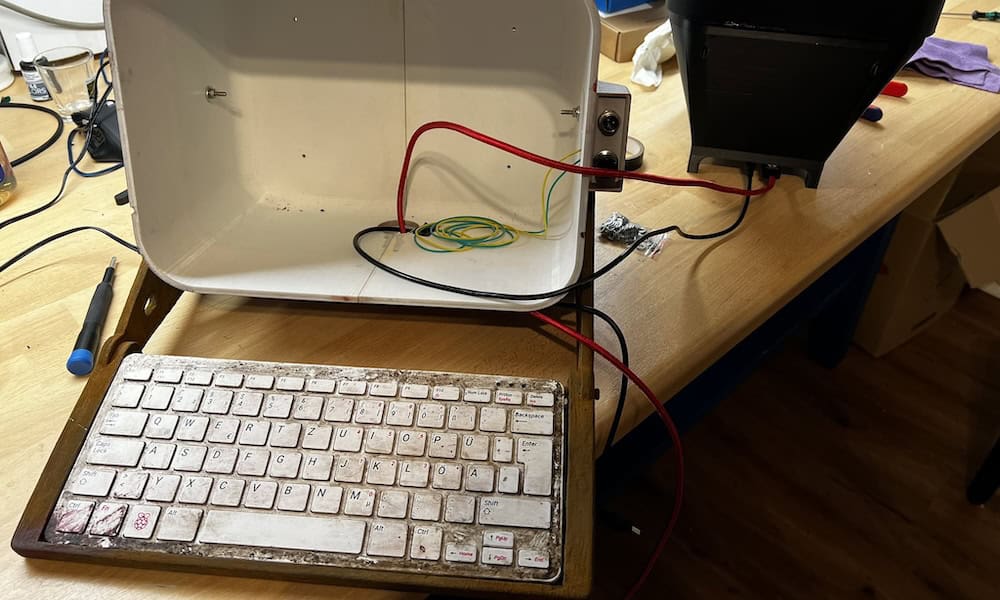
If you can make your home automation terminal look like Vault-Tec manufactured it for a Fallout vault, you do it.
Fans of the Fallout game franchise and TV series will get a kick out of this. An electronics and embedded software maker recently unveiled his latest build: a home automation terminal that looks like it came straight out of a Vault-Tec Vault. It marries together a Raspberry Pi 400, a 7-inch touch display, and some custom parts the maker 3D printed.
Rick, known as @r1ckp on X (formerly Twitter), posted about the project recently in full detail. He’s placed the Raspberry Pi 400 inside a monitor casing he 3D printed himself, complete with a keyboard holder. There’s a Fresnel lens for magnification over the 7-inch Waveshare HDMI touch display.
This isn’t a point-and-click home automation terminal, mind you. Rick uses a command line interface with the OpenAI API to control all his smart home needs. He describes it as “a text based Alexa/Siri — just smarter.” Rick can type instructions using natural language to control lighting, music, and anything else he’s got in his smart home setup.
Just the fact that he’s using natural language in a command-line interface is retro enough. But the fact is, this thing looks like it might have come straight out of the Fallout games or off the set of the Amazon Prime TV series.

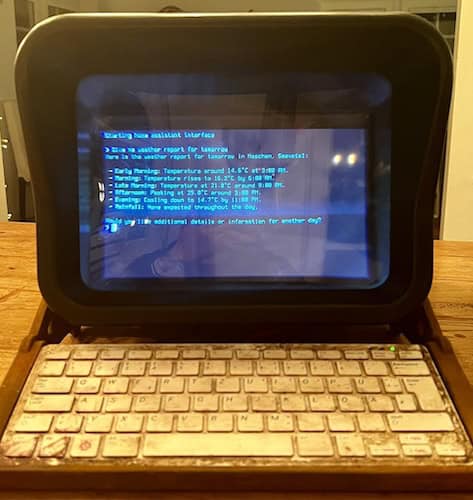
You might be wondering just how Rick got something to look so old and new at the same time. Beyond the rounded edges, vents, and thick bezels … and the use of the Fresnel lens to make a modern LCD touch display look like a CRT from the 1950s, Rick employed a host of weathering techniques.
First, of course, he designed the casing. He printed it using PETG, likely to offer more durability than he would have achieved with PLA.
He used a variety of paints, along with oxidizer to create rust on the keyboard rack. For the case, he spray painted it with metal paint. Then he covered some parts with … wait for it … toothpaste! He washed away the toothpaste to create paint chips after a final paint layer.

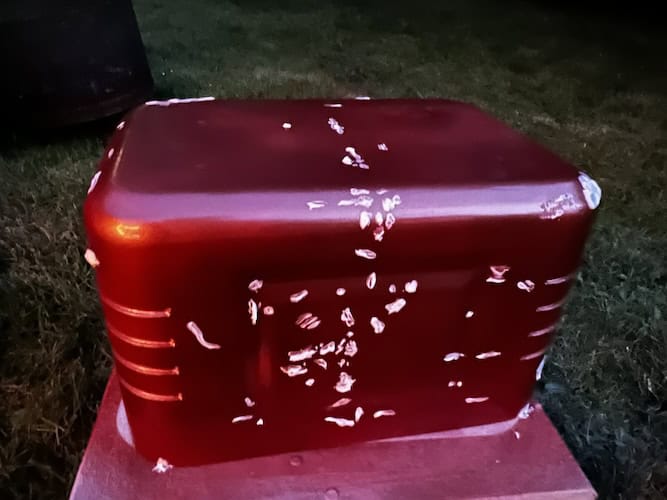
Rick used toothpaste to generate paint chips on his display case
Rick also used a mixture of acrylic floor finish and garden soil to make even more weathering effects on the display casing. He allowed the mixture to pool in some places while wiping it away and rubbing it in for other spots.
All in all, Rick’s given us some real inspiration for our other DIY projects. I’m already thinking about how I might make a Blink video doorbell look like it should be on the outside door of a Vault-Tec vault.
Leave a Reply
Leave a Reply


